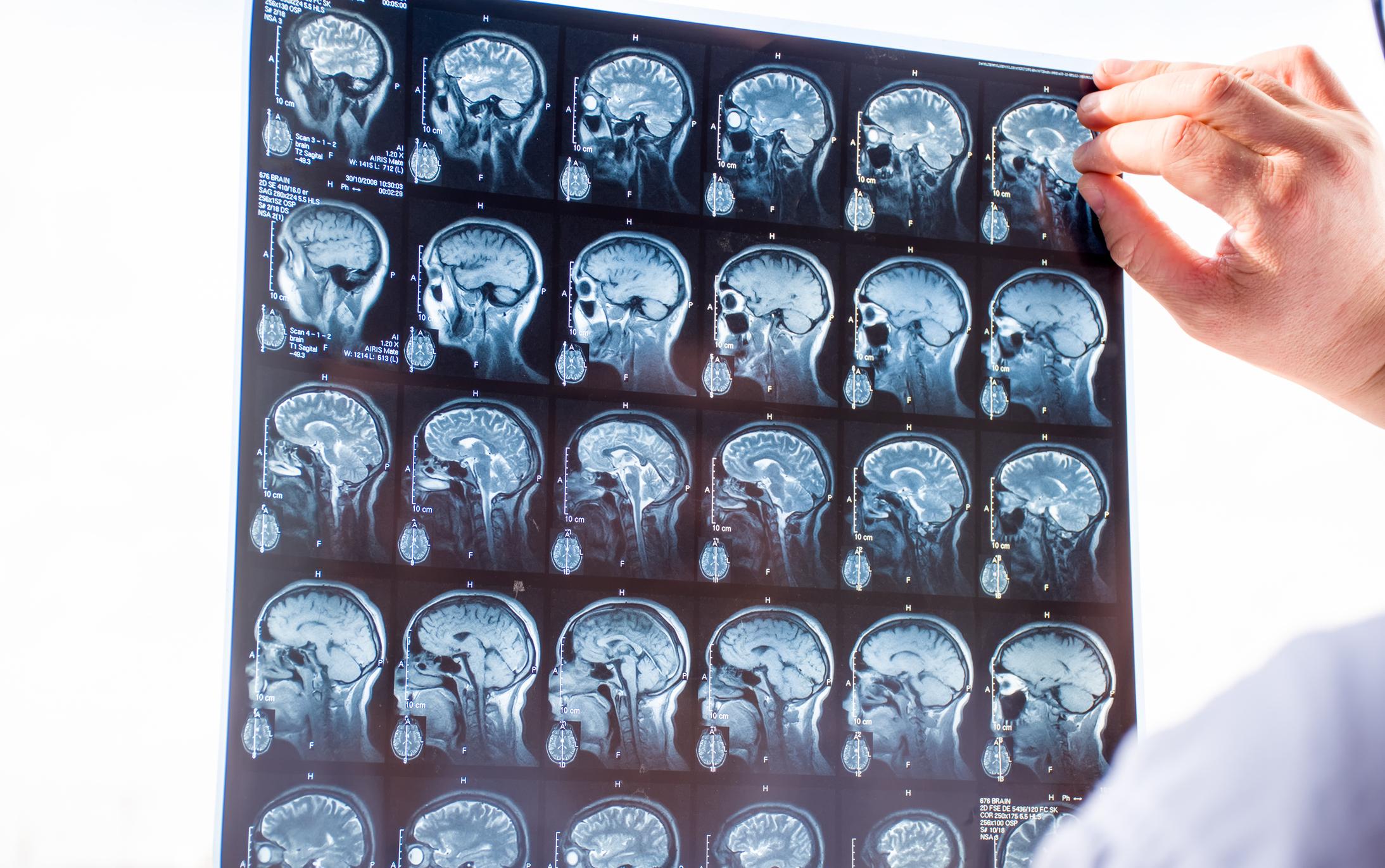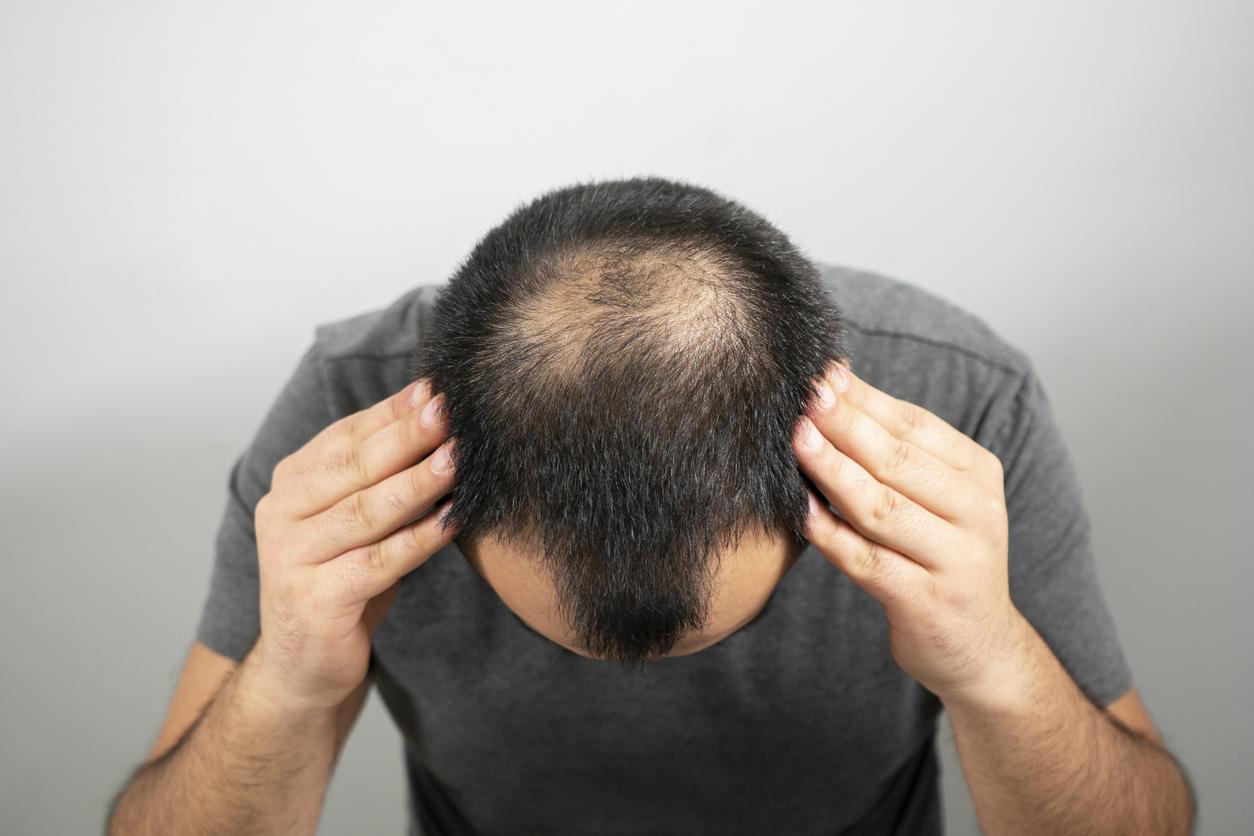March 24, 2006 – At a time when only 10% of Chinese doctors use medicinal plants to treat their patients, China wants to include Traditional Chinese Medicine (TCM) on the list of intangible cultural world heritage.
China is preparing to make a request to this effect to the United Nations Educational, Scientific and Cultural Organization (UNESCO) because it fears that the tradition will be lost, and for fear that others countries are ahead of her and compete with her for the scoop1. Medicines very similar to traditional Chinese medicine, which are 3000 years old, are in fact practiced in Japan and South Korea.
The Chinese authorities want UNESCO to recognize the foundations of TCM, namely the theory of this medicine, the preservation of health, observation methods, diagnostic means and applications. To ensure well-being in humans, TCM uses five main practices: acupuncture, pharmacopoeia (medicinal plants), dietetics, Tui Na massage and energy exercises (Qi Gong and Tai Ji Quan).
The recognition of such heritage is accompanied by a grant from the Fund for the Safeguarding of the Intangible Cultural Heritage.2. This would help China put in place measures to transmit knowledge and preserve TCM, including an abundance of documents so far kept by the country.
On the medical level, the Chinese tradition is crumbling at great speed. If the TCM had 800,000 practitioners at the beginning of the last century in China, there are only 270,000 left today, among the 2,045,000 doctors in the country.
Martin LaSalle – PasseportSanté.net
According to Radio China International.
1. Official declaration sent by the People’s Daily online, a Chinese medium translated into seven languages. His address: http://french.people.com [consulté le 17 mars 2006].
2. For more information on the Convention for the Safeguarding of the Intangible Cultural Heritage: http://portal.unesco.org [consulté le 17 mars 2006].

















